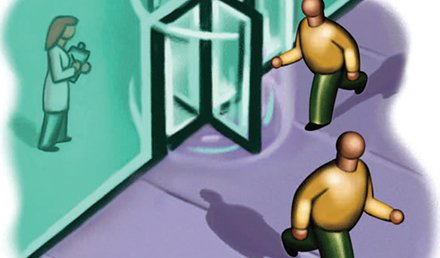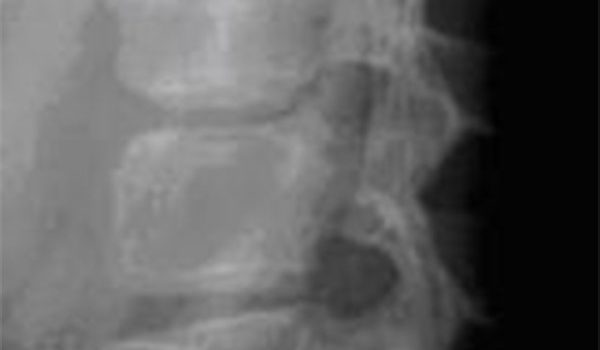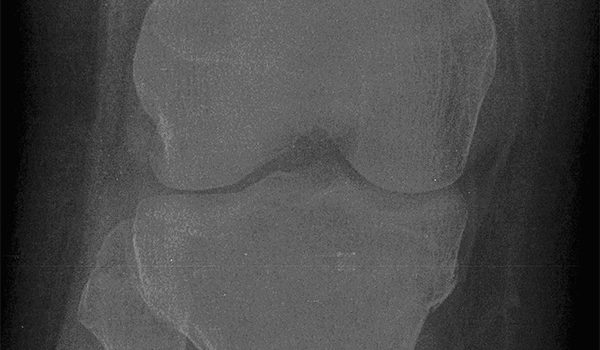“We make a living by what we get, we make a life by what we give.” – Winston Churchill Physician mentoring sounds like an easy enough proposition. Who wouldn’t jump at the chance to opine and proselytize, in a position of power, to a new employee who is looking to impress his/her boss? Indeed, you can say most anything you want, with a very low risk of rebuttal or confrontation. Even well-intentioned mentors tend to …
Read MoreAbstracts in Urgent Care: October, 2010
On Imaging Head Injuries, Routine Cellulitis, Alteplase and Ischemic Stroke, Head Lice, Steroids for Pharyngitis, and Brain Injury in Children Nahum Kovalski, BSc, MDCM Each month, Dr. Nahum Kovalski reviews a handful of abstracts from, or relevant to, urgent care practices and practitioners. For the full reports, go to the source cited under each title. Diagnostic Imaging Rates for Head Injury in the ED and States’ Medical Malpractice Tort Reforms Key point: The authors found …
Read MoreDeveloping Data: October, 2010
In each issue on this page, we report on research from or relevant to the emerging urgent care marketplace. This month, we relay data that track patient satisfaction with the emergency room based on time of day respondents arrived for treatment. Source: Pulse Report 2009: Emergency Department. Patient Perspective on American Health Care and Emergency Department Pulse Report 2007. Patient Perspectives on American Health Care. Press Ganey Associates, Inc. While these data do not …
Read MoreICD-9 Updates for 2011
DAVID STERN, MD (Practice Velocity) Updates to the ICD-9 code set went into effect October 1, 2010. There will be one more regularly scheduled ICD-9 update on October 1, 201, the vastly larger ICD-10 code set is scheduled to take effect. The following are changes that are of particular interest to us in the urgent care field: New code to specify post-traumatic seizures: When a patient experiences seizure(s) as a result of a head injury, …
Read MoreJust Say ‘No’ to Cold Calls
In sales, the term “cold call” may mean different things to different people. I define a cold call as an unannounced visit to a prospect company, whether the intention is to seek an unscheduled meeting or to drop off literature and/or gifts. I do not consider an initial telephone call a cold call, presuming it follows an introductory letter and/or email correspondence advising the prospect of the impending call.
Read MoreThe Checklist – Part 2
John Shufeldt, MD, JD, MBA, FACEP (Dr. Shufeldt began a three-part discussion of the importance of procedural checklists in the September issue of JUCM. That column is available at www.jucm.com.) I went to Mardi Gras two years ago. One of the events I attended was called the MOMs Ball. MOMs is an acronym for Mystic Orphans and Misfits; it’s a party by invite only, and only those with costumes and ticket are admitted. I was …
Read More
The Case of a 51-year-old Man with Back Pain
Most new third-year medical students can recite the “red flags” of back pain: extremes of age, fever, history of cancer, history of trauma, failure to improve after one month of therapy. Few would fail to consider metastatic disease in a 64-yearold woman with a history of breast cancer and new-onset low back pain, but what about the 51-year-old male without a significant past medical history?
Read More
14-year-old boy with lower back pain stemming from fall
The patient is a 14-year-old boy who presents with low back pain after falling from “a high height” and landing on his feet. Exam is normal except for tenderness in the mid-lumbar region. View the image taken and consider what your diagnosis and next steps would be.
Read More
17-year-old boy injures knee during a fall
The patient is a 17-year-old boy who experienced a blow to the right knee in the course of a fall. He complains of pain over the knee and is unable bear weight on the leg. On examination, you find local swelling. View the image taken and consider what your diagnosis and next steps would be.
Read MoreClinical Challenge 2: September 2010
The patient is a 32-year-old man who presents after experiencing a blow to the face while falling from a bicycle. The patient complains of tenderness over the front of his face. Neurological exam is normal. You note that his neck is supple. View the image taken (Figure 1) and consider what your diagnosis and next steps would be. Resolution of the case is described on the next page.
Read More